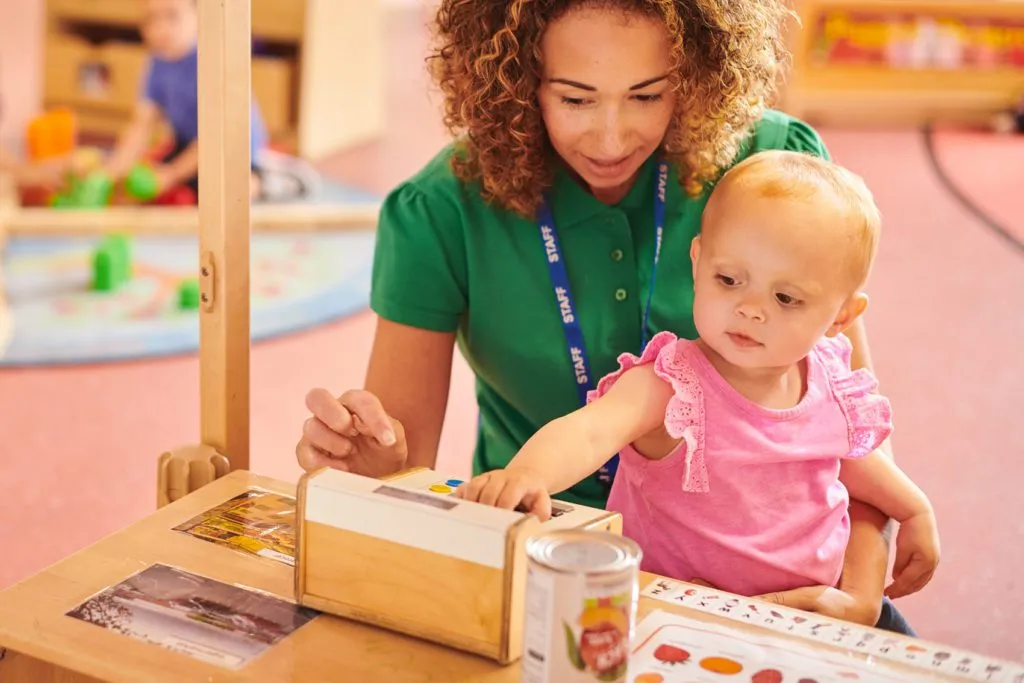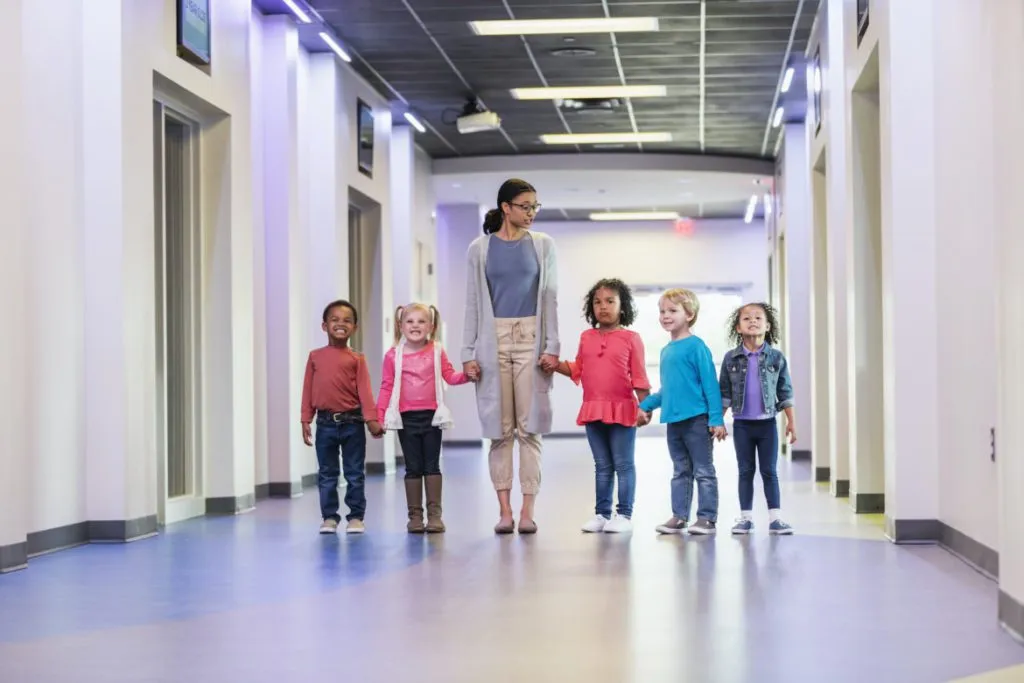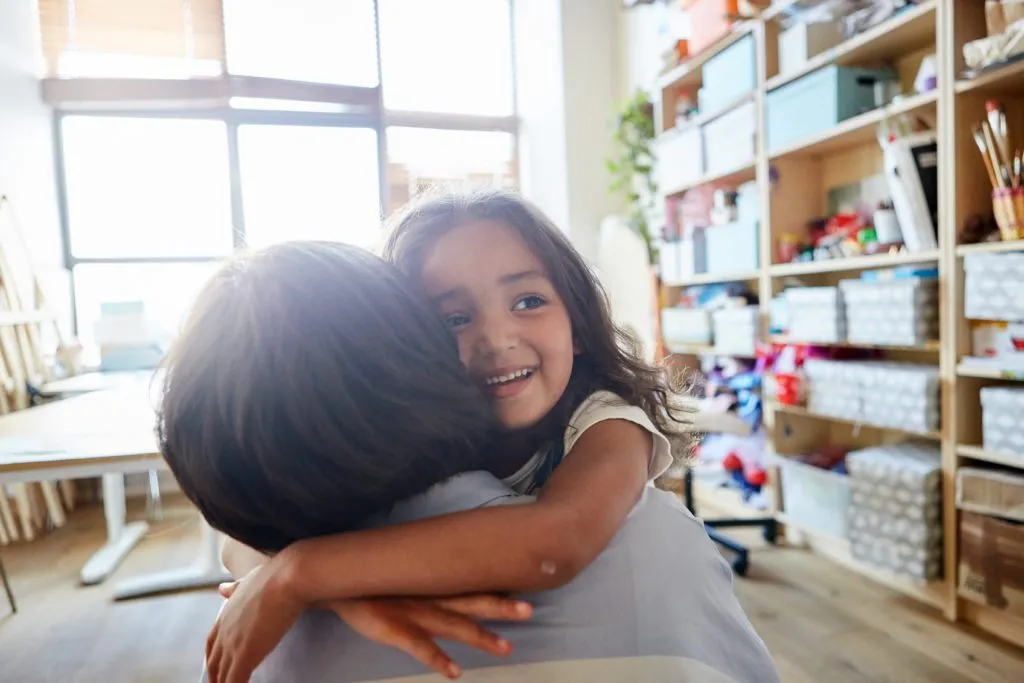5 Strategies for Building Positive Relationships with the Children In Your Classroom

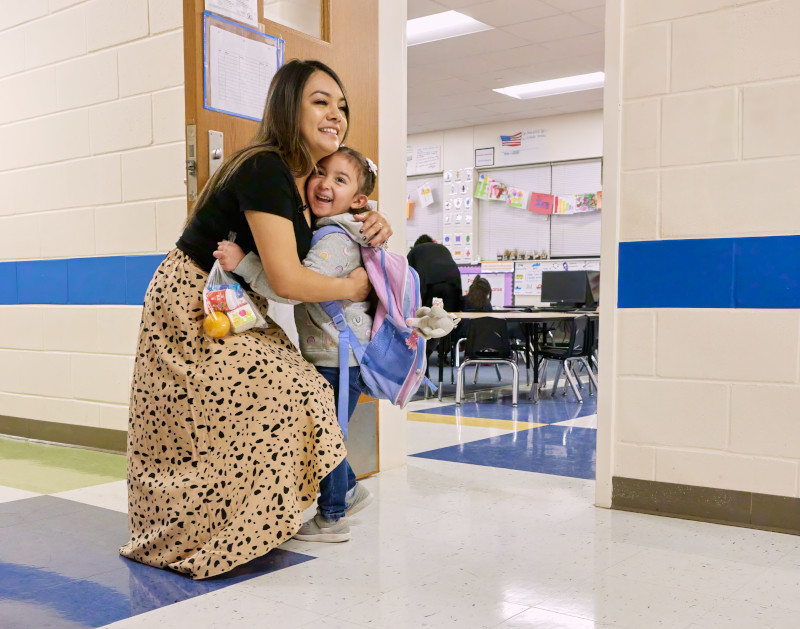
Strong and positive relationships with young children are established by fostering trust, respect, effective communication, and reciprocity. Think back to when you started a new job; you needed guidance, patience, and gentle reinforcement until things became second nature. Similarly, children also require clear expectations and guidance to navigate their daily routines.
Consider how you would go above and beyond for a friend with whom you share a good relationship. The same holds true for the teacher-child relationship. When young children enter a new environment, such as a school, childcare center, or home, they are forging a new relationship with an unfamiliar adult.
Listed below are several effective strategies for establishing relationships with the children under your care at the beginning of the year.
- Clarity is kindness.
Ensure your instructions and requests are specific and consider children’s first languages and communication styles. Focus on explaining what you want rather than what you don’t want, as negative instructions can often lead to confusion. - Nonverbal cues matter.
Pay attention to how you convey your message beyond just words. Make sure your facial expressions align with what you say, avoiding mixed messages that may confuse children. - Dedicate time for observation.
Take time to sit with the children and observe their behaviors and preferences in the classroom. This allows you to gain insight into their natural tendencies, such as whether they are more introverted or extroverted or take time to warm up to others. These observations will help you build a deeper understanding of each child. - Share stories and experiences.
Invest time in getting to know the children in your class personally. Ask questions about their backgrounds and experiences while reading a book together. Engage in imaginative play, such as having them serve you lunch at a pretend restaurant, or play games outdoors. Additionally, sharing your own childhood stories can create meaningful connections. - Collaborate with families.
While understanding a child from their family’s perspective is valuable, remember that you and the child are the primary individuals in the classroom. Avoid using their families as a threat to coerce children into desired behavior. Instead, take ownership of your role and responsibility while involving families as partners in their children’s growth and development.
It’s important to recognize that all behaviors are a form of communication. Just as a pungent odor elicits facial expressions and the instinct to recoil, a child’s emotional state or concerns may prompt crying or avoidance of an activity. It is our role as educators to be “detectives” and delve into the reasons behind their behavior and provide appropriate support and guidance.
By implementing these five strategies and building strong relationships with the children in your class, you’ll notice positive changes throughout the year. Investing time at the beginning to get to know and understand each child is key to fostering wonderful connections and creating a joyful learning environment. Cheers to a year filled with meaningful relationships and fun!
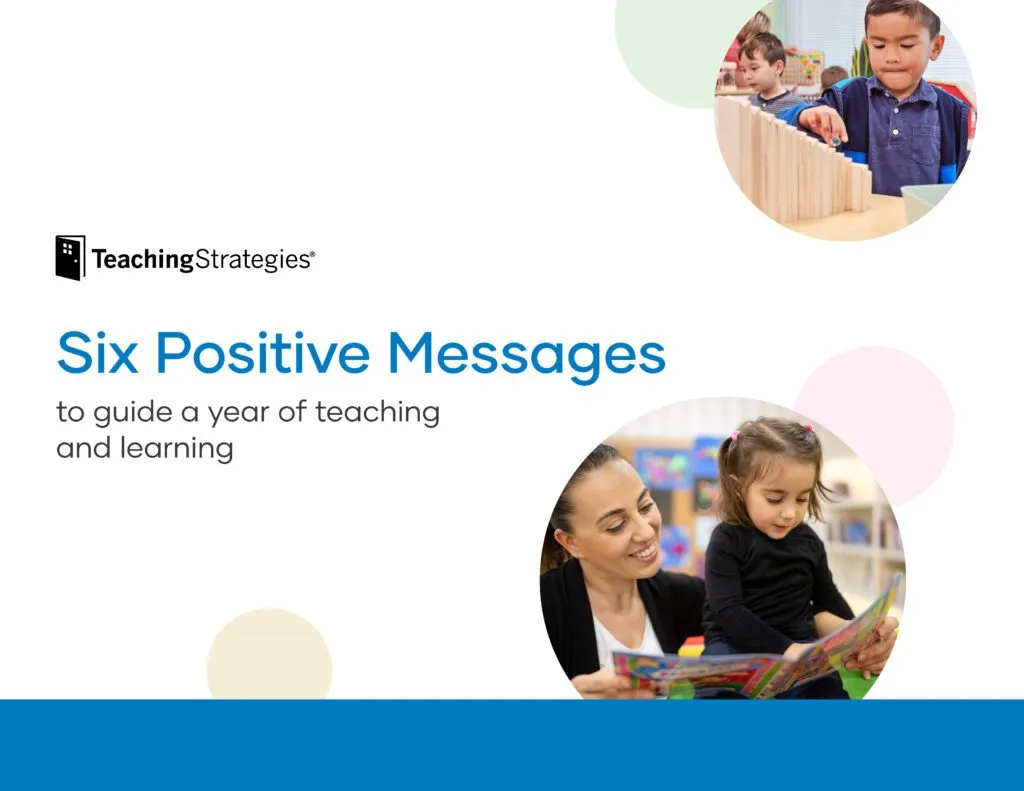
Six Positive Messages to Guide a Year of Teaching and Learning
Discover simple yet powerful messages you can send throughout the year to foster positive relationships with the children in your classroom.
